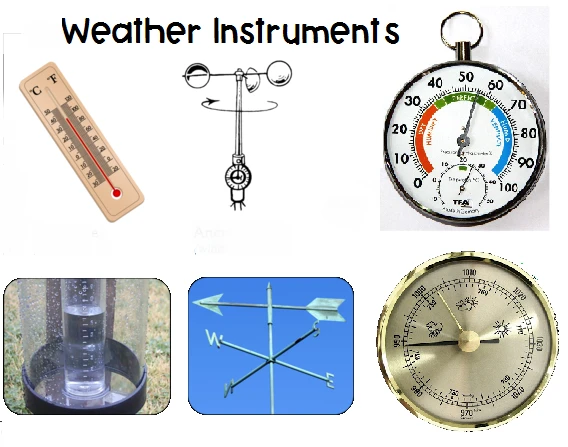
# Weather Gauges and Instruments for Accurate Meteorological Measurements
## Introduction to Weather Gauges
Weather gauges and instruments are essential tools for meteorologists, researchers, and weather enthusiasts alike. These devices provide accurate measurements of various atmospheric conditions, enabling us to understand and predict weather patterns more effectively.
## Essential Weather Instruments
### Thermometers
Thermometers measure air temperature, one of the most fundamental weather parameters. Modern digital thermometers provide precise readings, while traditional mercury or alcohol thermometers remain reliable options.
### Barometers
Barometers are crucial for measuring atmospheric pressure, which helps in forecasting weather changes. Aneroid barometers and digital barometers are commonly used today, replacing the older mercury barometers.
### Hygrometers
These instruments measure humidity levels in the air. Psychrometers (wet-and-dry bulb thermometers) and electronic hygrometers are the most common types used in meteorological stations.
## Precipitation Measurement Tools
### Rain Gauges
Rain gauges come in various designs, from simple cylindrical containers to sophisticated tipping-bucket models. They measure the amount of liquid precipitation over a set period.
### Snow Gauges
Specialized snow gauges measure snowfall accumulation. Some models can also determine the water equivalent of snow, which is important for hydrological studies.
## Wind Measurement Instruments
### Anemometers
These devices measure wind speed. Cup anemometers are the most recognizable type, while sonic anemometers provide more advanced measurements without moving parts.
### Wind Vanes
Wind vanes indicate wind direction, typically mounted alongside anemometers for comprehensive wind measurement.
## Advanced Meteorological Instruments
### Weather Stations
Modern automated weather stations combine multiple instruments into one system, often transmitting data remotely for real-time monitoring and analysis.
### Ceilometers
These specialized instruments measure cloud height and vertical visibility, important for aviation weather services.
### Pyranometers
Used to measure solar radiation, pyranometers help in studying climate patterns and solar energy potential.
## Choosing the Right Instruments
When selecting weather instruments, consider accuracy requirements, durability, maintenance needs, and whether manual or automated readings are preferred. Professional meteorological stations typically invest in high-precision, calibrated instruments, while hobbyists might opt for more affordable consumer-grade options.
## Maintenance and Calibration
Regular maintenance and calibration are crucial for ensuring accurate measurements. Instruments should be protected from extreme conditions when possible and checked against known standards periodically.
## The Future of Weather Measurement
Technological advancements continue to improve weather instrumentation, with developments in remote sensing, miniaturization, and data integration leading to more comprehensive and accessible weather monitoring systems.
Keyword: weather gauges instruments
